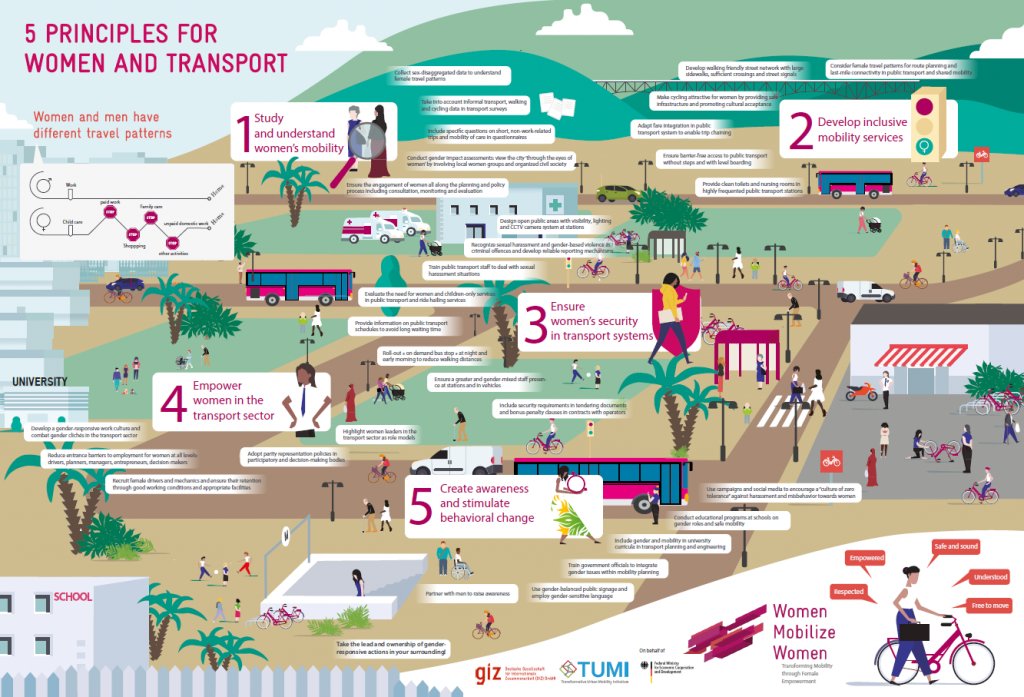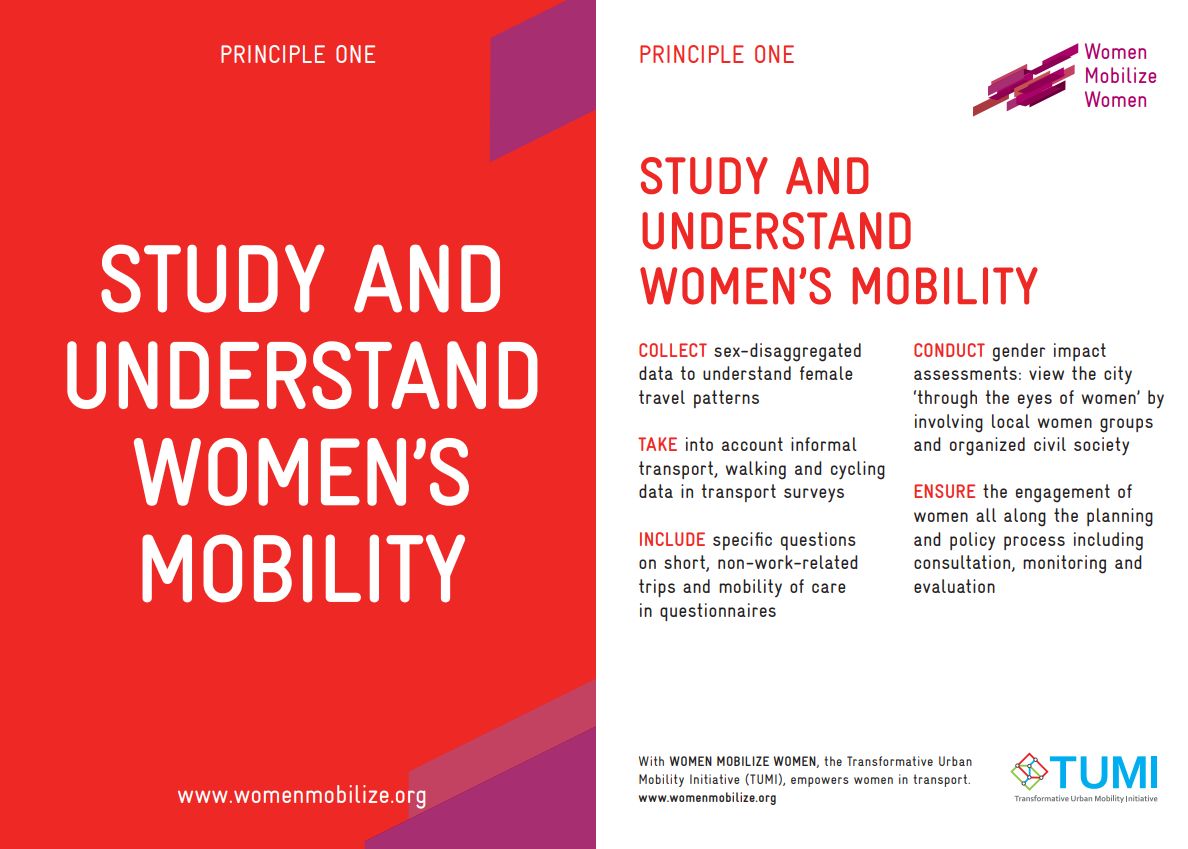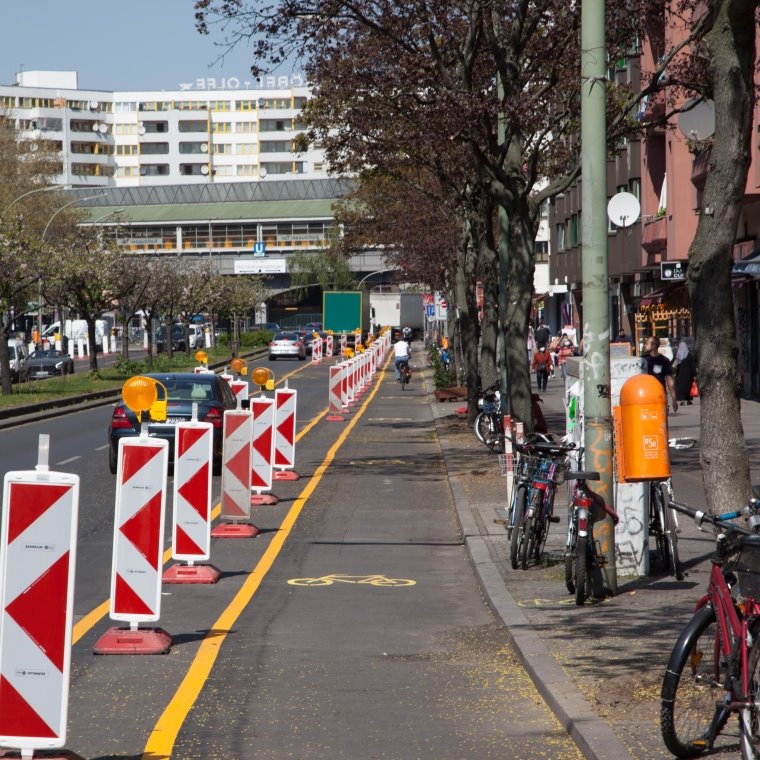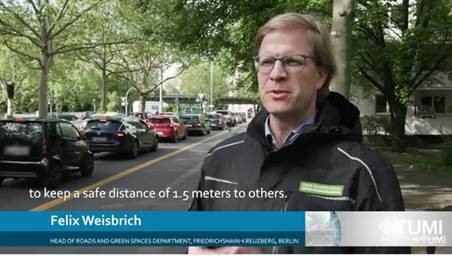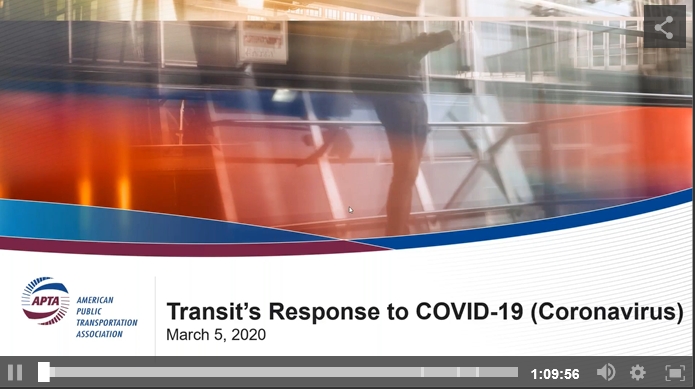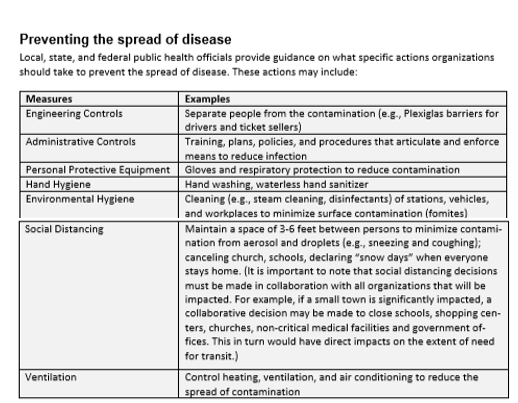
#COP26 To avert climate change and limit warming to 1.5°C we need to reduce carbon emissions from transport - in fact transport is the problem child of carbon emissions. In many countries transport emissions are rising while all other emissions are falling H/T @SLOCATOfficial 2/n 

#COP26 Cycling 🚲 is (almost) zero emission already, together with walking 🚶♀️🚶♂️ and public transport 🚋 it can be a great contributor to lower carbon emissions . 3/n
H/T @LHInnovationHub
H/T @LHInnovationHub

#COP26 However, there is a big barrier to increasing cycling and getting more people to use their bikes: road safety. Cyclist fatalities have been decreasing eight times more slowly than deaths of motor vehicle occupants. 4/n
H/T: @ETSC_EU
H/T: @ETSC_EU

#COP26 But how are countries like Denmark 🇩🇰 or the Netherlands 🇳🇱succeeding? The two countries have famously high bicycle mode shares 🚲🚲🚲and decades of experience providing great infrastructure for cyclists. 🌳 5/n 

#COP26 Take the best as example: The Netherlands:
Some 35,000 km of cycle-track has been physically segregated from motor traffic, equal to 1/4 of the country's entire 140,000 km road network; this enables an incredible high cycling modal share. 6/n🚲
H/T: opencyclemap.org
Some 35,000 km of cycle-track has been physically segregated from motor traffic, equal to 1/4 of the country's entire 140,000 km road network; this enables an incredible high cycling modal share. 6/n🚲
H/T: opencyclemap.org

#COP26 🌳🚲Quality counts: The backbone is a country-wide network of segregated, high-quality cycling lanes with a minimum width of 2.5m per direction, clear signage, weather resilient design, that provides continuous connections, etc. Smaller streets with low speeds. 7/n 

#COP26 To achieve a quality network such as the Netherland’s, governments should build roughly 2km of segregated high quality cycling lanes per 1000 inhabitants. This cycling quality indicator obviously does depend on local topography and population density. 8/n 

2km / 1000 inh. equals 16 000 000 km worldwide. Do you think this is exaggerated ? Figures for road networks vary widely, the 64 million km from Wikipedia seem reasonable. Why should the
most sustainable mode of transport (cycling🚲) get less? 9/n
H/T 📸 :researchgate.net/figure/Road-de…
most sustainable mode of transport (cycling🚲) get less? 9/n
H/T 📸 :researchgate.net/figure/Road-de…

#COP26 Further considerations:
• Large cities can make a "development contribution" to the hinterland for long-distance commuting, to areas where city dwellers relax.
• Pursue multi-year planning
• No new road or rehabilitation without high quality cycling infrastructure. 10/n
• Large cities can make a "development contribution" to the hinterland for long-distance commuting, to areas where city dwellers relax.
• Pursue multi-year planning
• No new road or rehabilitation without high quality cycling infrastructure. 10/n

#COP26 🚲♥️✅: Discover our short paper here and join the debate: transformative-mobility.org/assets/publica… 11/n 

#COP26 🚲Cycling infrastructure: The formula. 12/n 
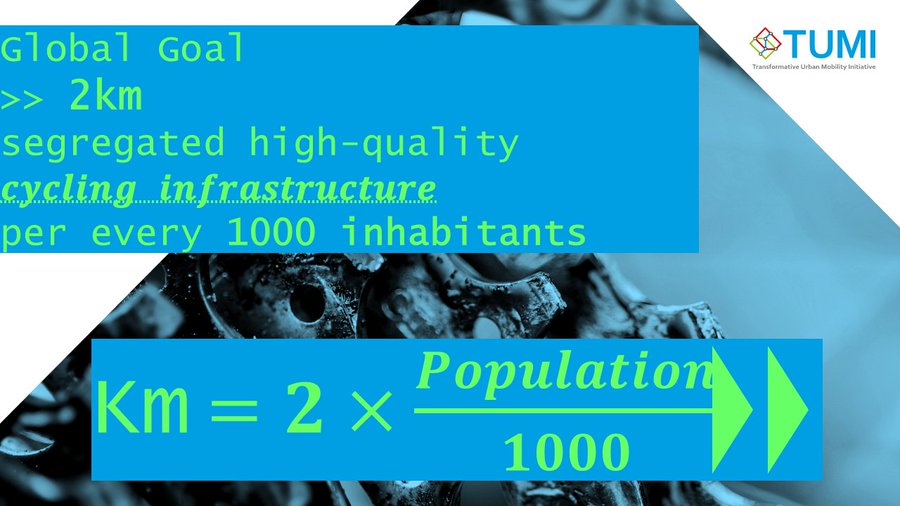
• • •
Missing some Tweet in this thread? You can try to
force a refresh


